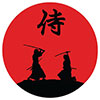
Oishi Yoshio (April 24, 1659 – March 20, 1703) served as the chamberlain of the Ako Domain in Harima Province, now part of modern-day Hyogo Prefecture, from 1679 to 1701. He is best known as the leader of the Forty-seven Rōnin in their 1703 vendetta and is honored as the central figure in the legendary tale of Chūshingura.
Oishi served as the head chamberlain (hittogaro) to daimyo Asano Naganori, overseeing the daily management of Ako Castle and directing the activities of its samurai. Under the Tokugawa system of alternate attendance (sankin-kotai), which required daimyo to spend every other year in Edo (modern-day Tokyo), the chamberlain essentially governed the domain in the lord’s absence. Appointed at a young age, Oishi was said to have earned Asano’s complete trust.
When Asano was ordered to commit seppuku for attacking Kira Yoshinaka in Edo Castle, the Tokugawa shogunate dissolved the Asano house. Oishi, who was in Ako at the time, managed the domain’s affairs and convinced the remaining samurai to surrender the castle peacefully to the shogunate’s representatives. His dignified and calm leadership left many wondering what he would do next, as he was widely respected as a capable and honorable man.
Initially, Oishi sought permission to restore the Asano family, but his efforts were unsuccessful. He then began planning a secret vendetta against Kira. To deflect suspicion, he deliberately appeared to abandon his sense of duty—frequenting geisha houses in Kyoto and behaving as though he had given up. This deceptive strategy was known as hiru andon ("daylight lantern")—something that appears useless but hides a purpose. Behind the scenes, he was coordinating with the remaining loyal Ako samurai.
Nearly two years later, on the 14th day of the 12th month in 1703 (according to the old Japanese calendar), Oishi and 46 fellow ronin launched a coordinated assault on Kira’s mansion in Edo’s Honjo district. They successfully killed and beheaded Kira. After the mission, Oishi sent Terasaka Kichiemon to inform Asano’s widow, Yozeiin, of their vengeance. The remaining 46 rōnin then proceeded to Sengaku-ji Temple in Shinagawa, where Asano was laid to rest, and voluntarily turned themselves in to the authorities.
Oishi and his fellow ronin were sentenced to seppuku—a punishment considered honorable compared to execution. They all accepted the sentence with dignity.
In death, Oishi became a symbol of the ideal samurai—loyal, strategic, and honorable. His ultimate goal of restoring the Asano clan was partly realized when the Tokugawa shogunate returned a portion (about one-tenth) of their former lands to the family.
In the famous kabuki play Kanadehon Chushingura, Oishi Kuranosuke is portrayed under the name Oboshi Yuranosuke. He also served as a prototype for one of the main characters in the Hollywood movie 47 Ronin.
See also
-
Yamagata Masakage
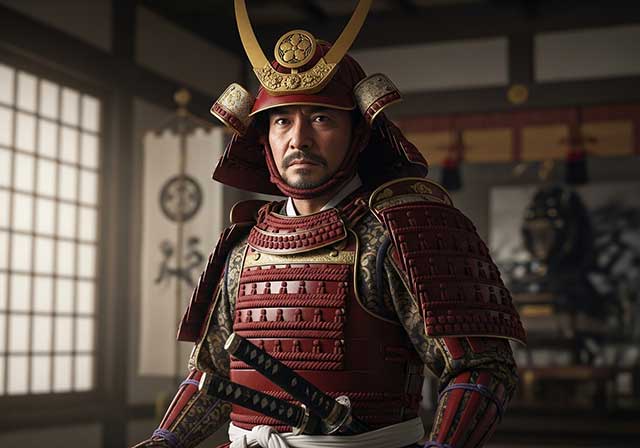
Masakage was one of Takeda Shingen’s most loyal and capable commanders. He was included in the famous list of the “Twenty-Four Generals of Takeda Shingen” and also belonged to the inner circle of four especially trusted warlords known as the Shitennō.
-
Yagyu Munenori
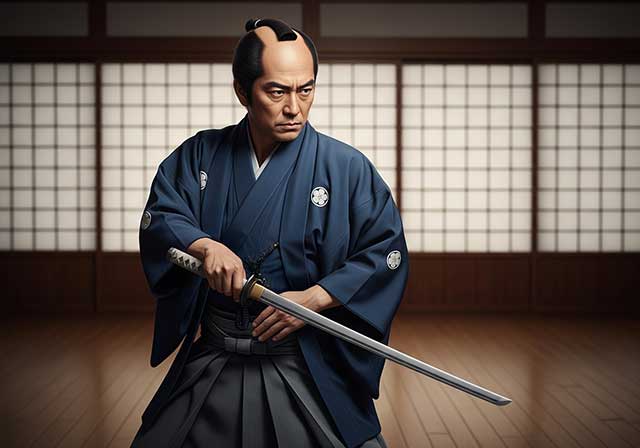
Yagyū Munenori began his service under Tokugawa Ieyasu while his father, Yagyū Muneyoshi, was still at his side. In 1600, Munenori took part in the decisive Battle of Sekigahara. As early as 1601, he was appointed a kenjutsu instructor to Tokugawa Hidetada, Ieyasu’s son, who later became the second shogun of the Tokugawa clan.
-
Yagyu Muneyoshi
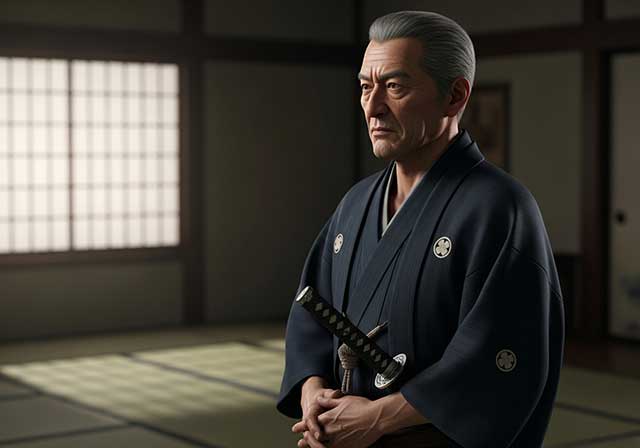
A samurai from Yamato Province, he was born into a family that had been defeated in its struggle against the Tsutsui clan. Muneyoshi first took part in battle at the age of sixteen. Due to circumstances beyond his control, he was forced to enter the service of the Tsutsui house and later served Miyoshi Tōkei. He subsequently came under the command of Matsunaga Hisahide and in time became a vassal first of Oda and later of Toyotomi.
-
Endo Naozune
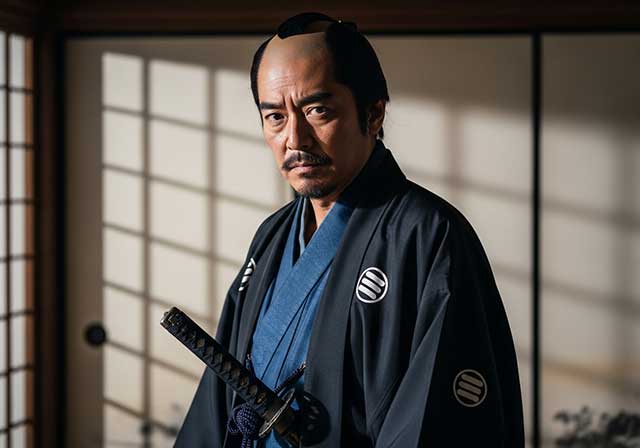
Naozune served under Azai Nagamasa and was one of the clan’s leading vassals, renowned for his bravery and determination. He accompanied Nagamasa during his first meeting with Oda Nobunaga and at that time asked for permission to kill Nobunaga, fearing him as an extremely dangerous man; however, Nagamasa did not grant this request.
-
Hosokawa Sumimoto

Sumimoto came from the Hosokawa clan: he was the biological son of Hosokawa Yoshiharu and at the same time the adopted son of Hosokawa Masamoto, the heir of Hosokawa Katsumoto, one of the principal instigators of the Ōnin War. Masamoto was homosexual, never married, and had no children of his own. At first he adopted Sumiyuki, a scion of the aristocratic Kujō family, but this choice provoked dissatisfaction and sharp criticism from the senior vassals of the Hosokawa house. As a result, Masamoto changed his decision and proclaimed Sumimoto as his heir, a representative of a collateral branch of the Hosokawa clan that had long been based in Awa Province on the island of Shikoku. Almost immediately after this, the boy became entangled in a complex and bitter web of political intrigue.
-
Honda Masanobu
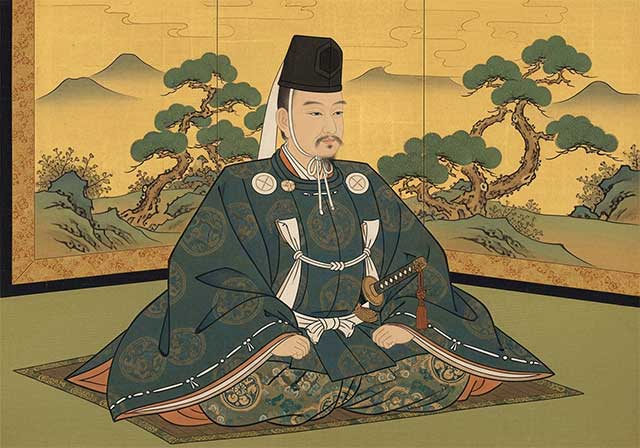
Masanobu initially belonged to the retinue of Tokugawa Ieyasu, but later entered the service of Sakai Shōgen, a daimyo and priest from Ueno. This shift automatically made him an enemy of Ieyasu, who was engaged in conflict with the Ikkō-ikki movement in Mikawa Province. After the Ikkō-ikki were defeated in 1564, Masanobu was forced to flee, but in time he returned and once again entered Ieyasu’s service. He did not gain fame as a military commander due to a wound sustained in his youth; nevertheless, over the following fifty years he consistently remained loyal to Ieyasu.
-
Honda Masazumi
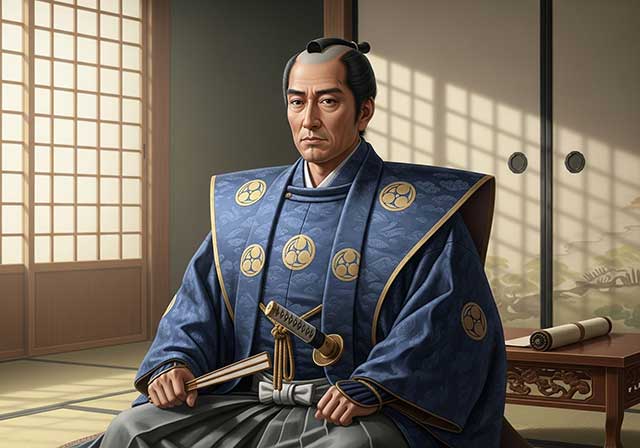
Masazumi was the eldest son of Honda Masanobu. From a young age, he served Tokugawa Ieyasu alongside his father, taking part in the affairs of the Tokugawa house and gradually gaining experience in both military and administrative matters. At the decisive Battle of Sekigahara in 1600, Masazumi was part of the core Tokugawa forces, a clear sign of the high level of trust Ieyasu placed in him. After the campaign ended, he was given a highly sensitive assignment—serving in the guard of the defeated Ishida Mitsunari, one of Tokugawa’s principal enemies—an obligation that required exceptional reliability and caution.
-
Hojo Shigetoki
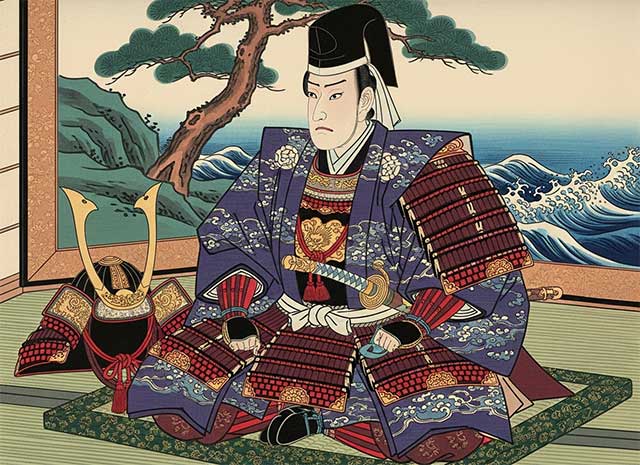
Hōjō Shigetoki, the third son of Hōjō Yoshitoki, was still very young—only five years old—when his grandfather Tokimasa became the first member of the Hōjō clan to assume the position of shogunal regent.

